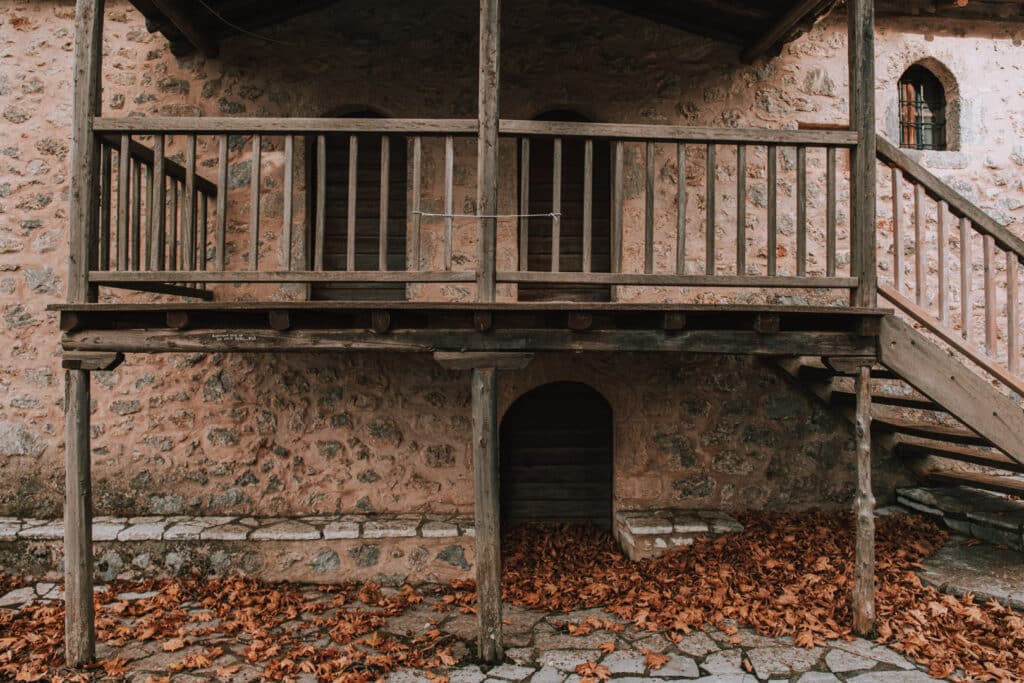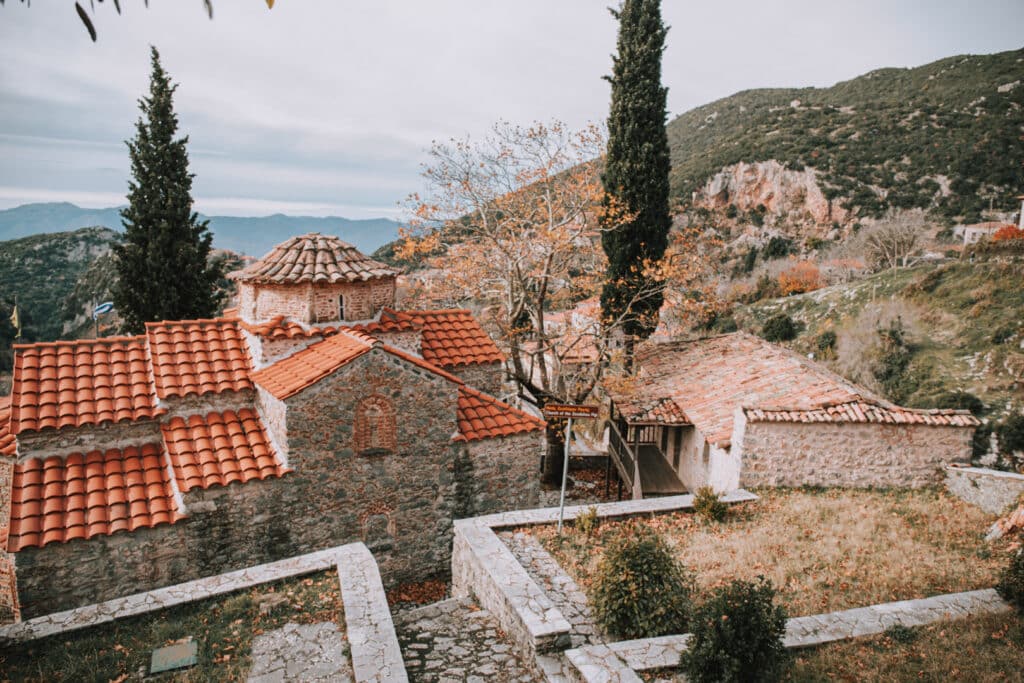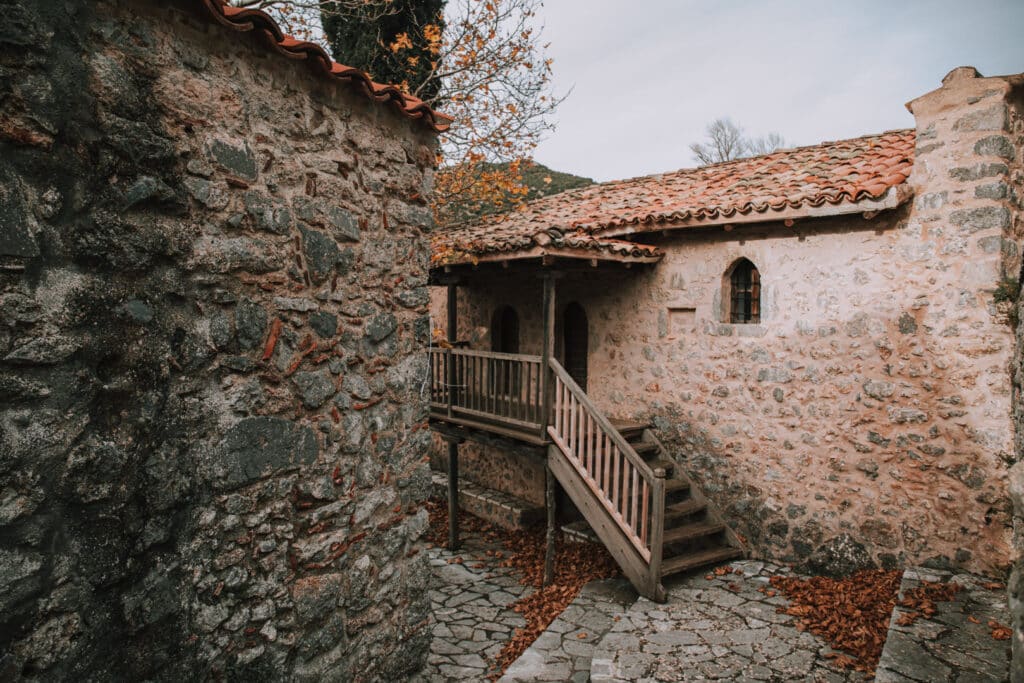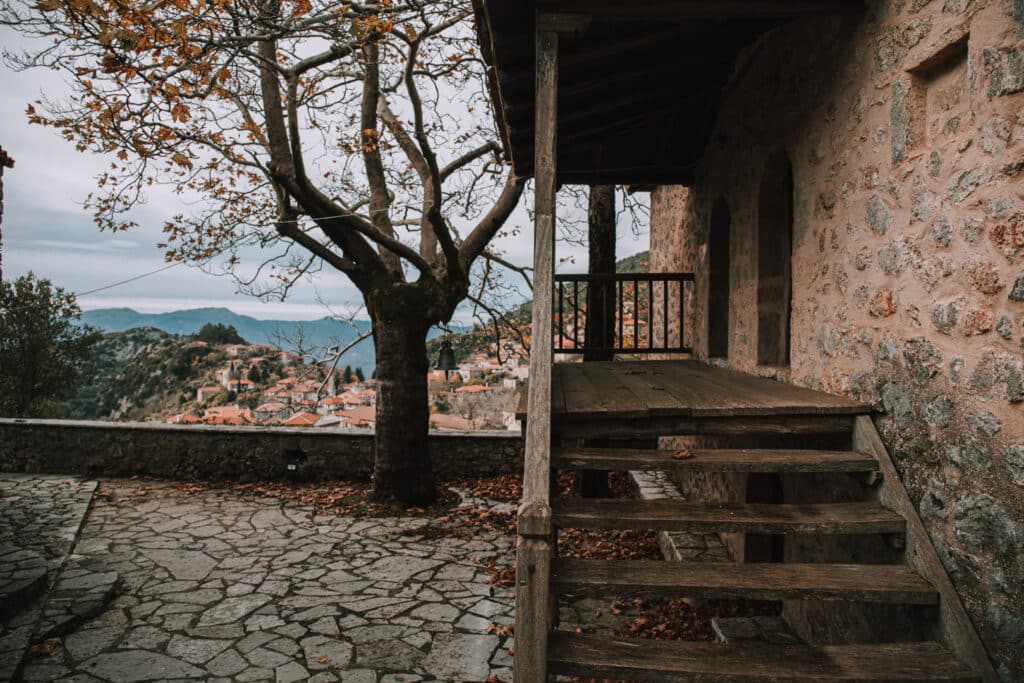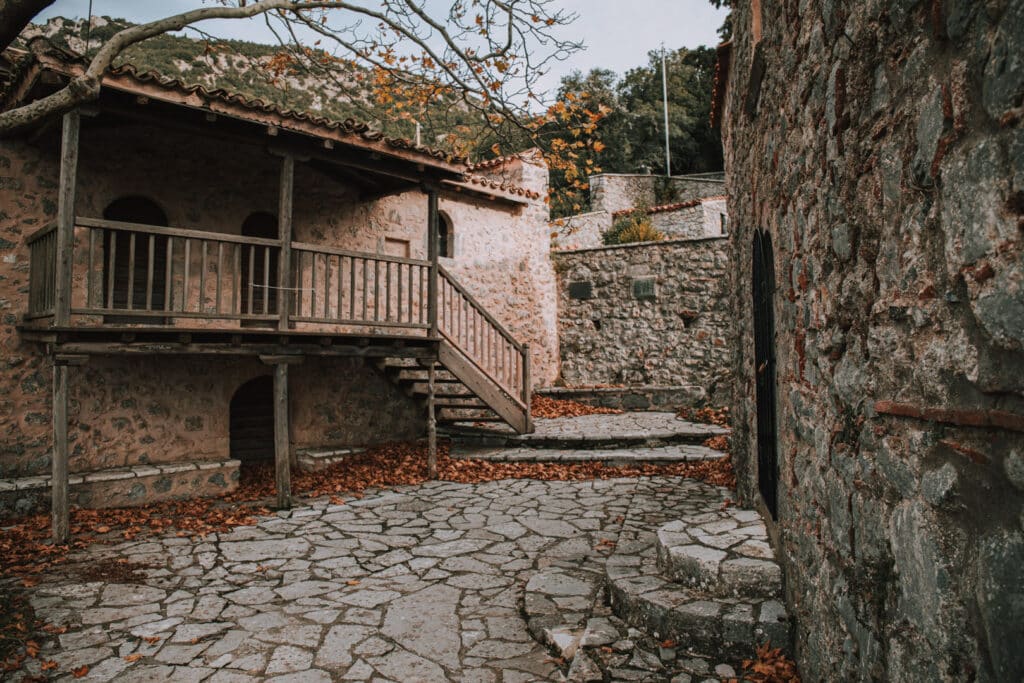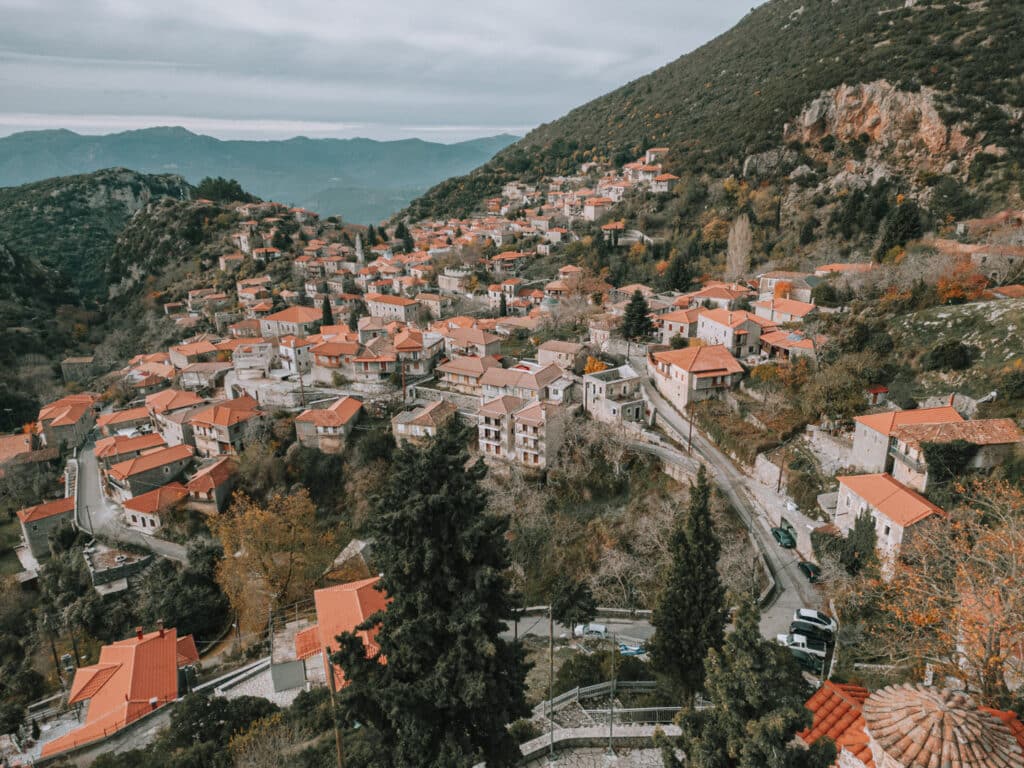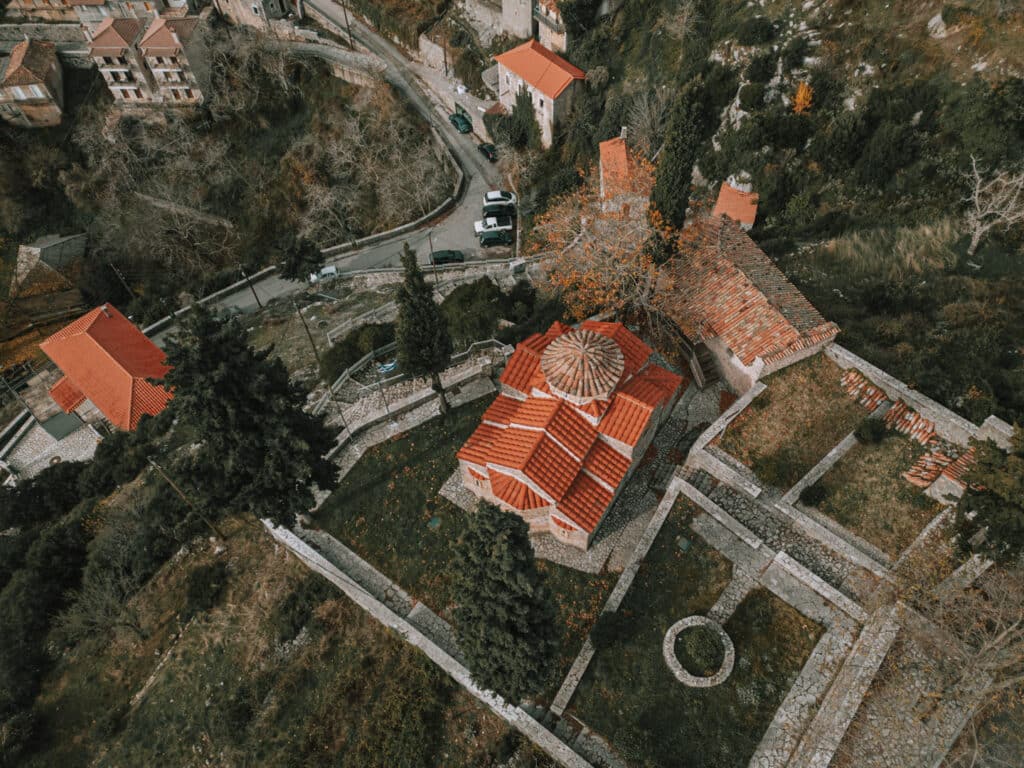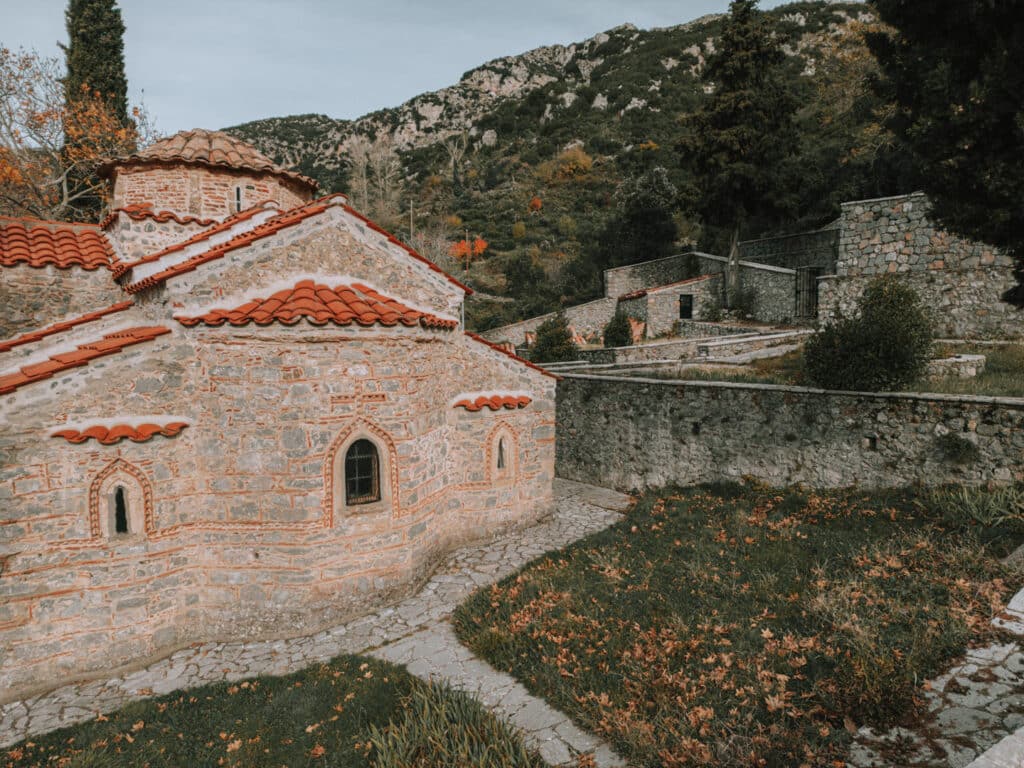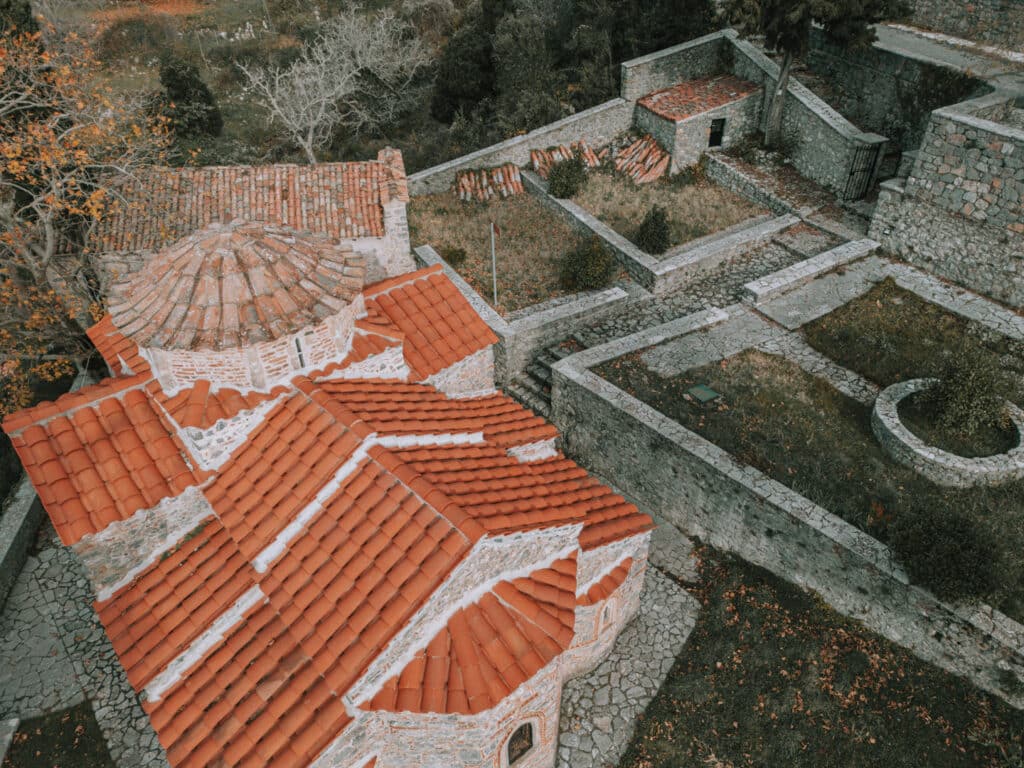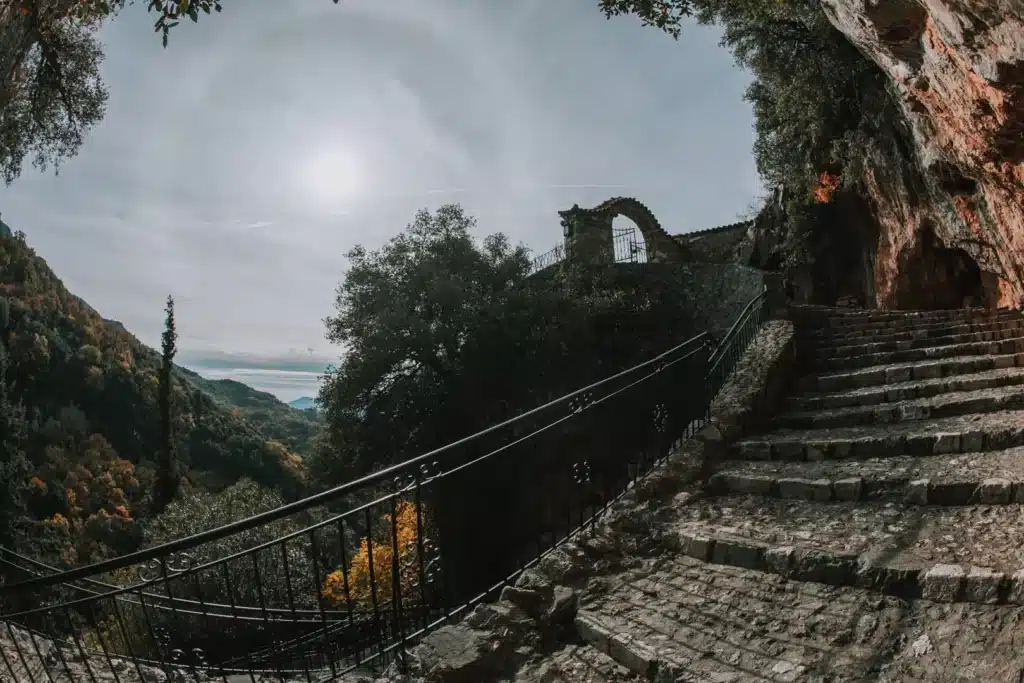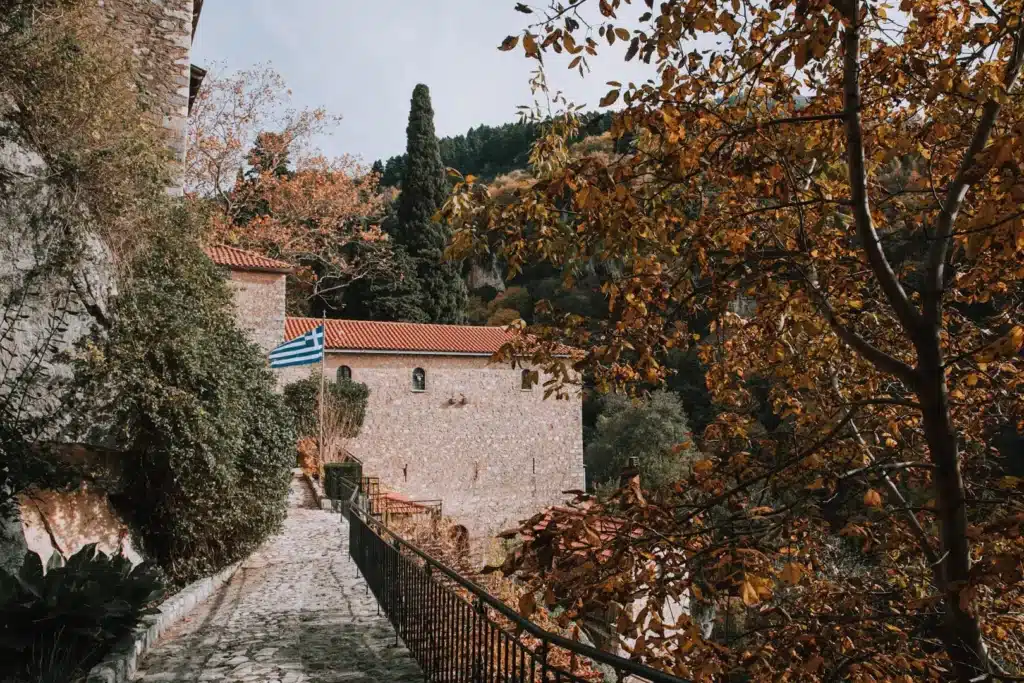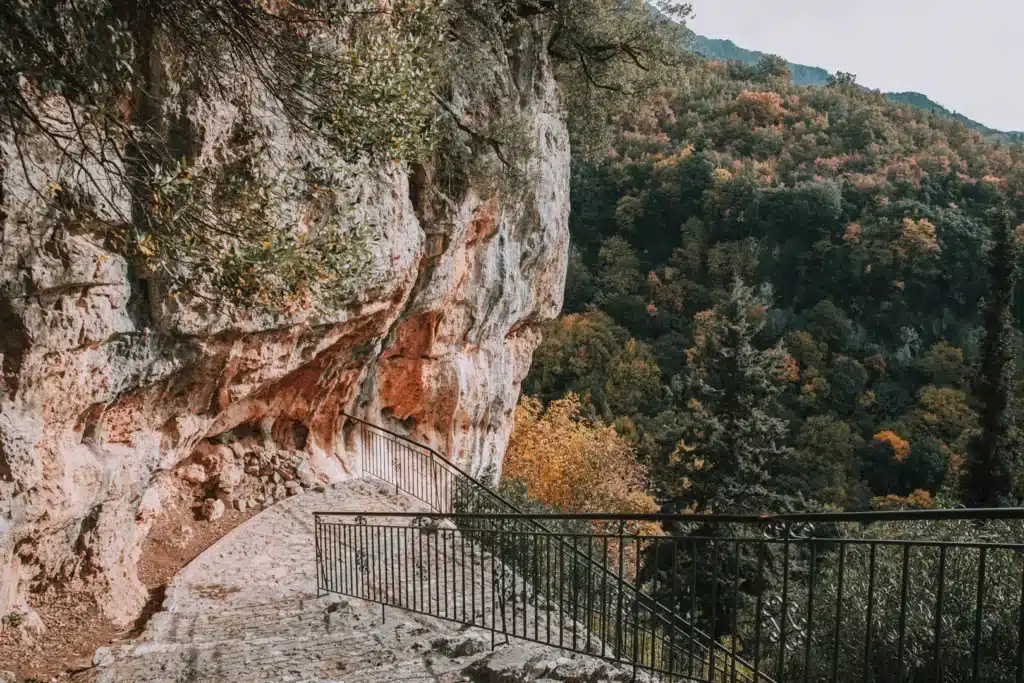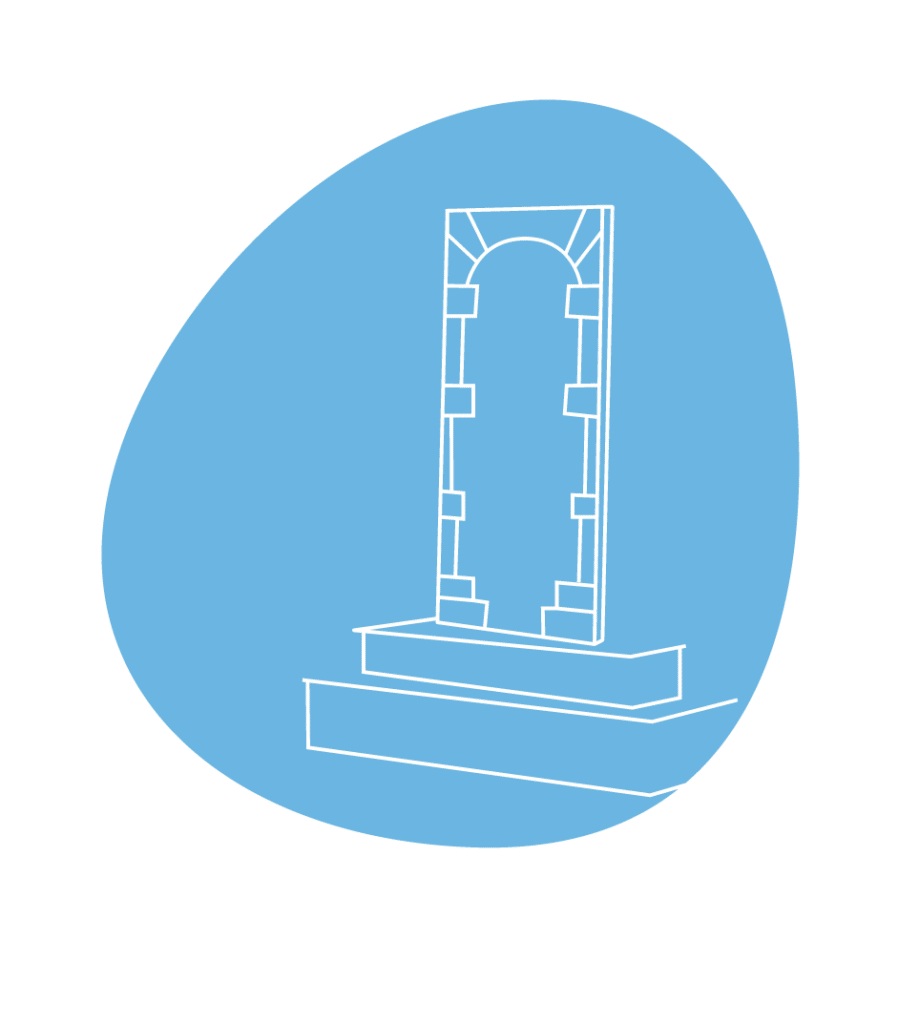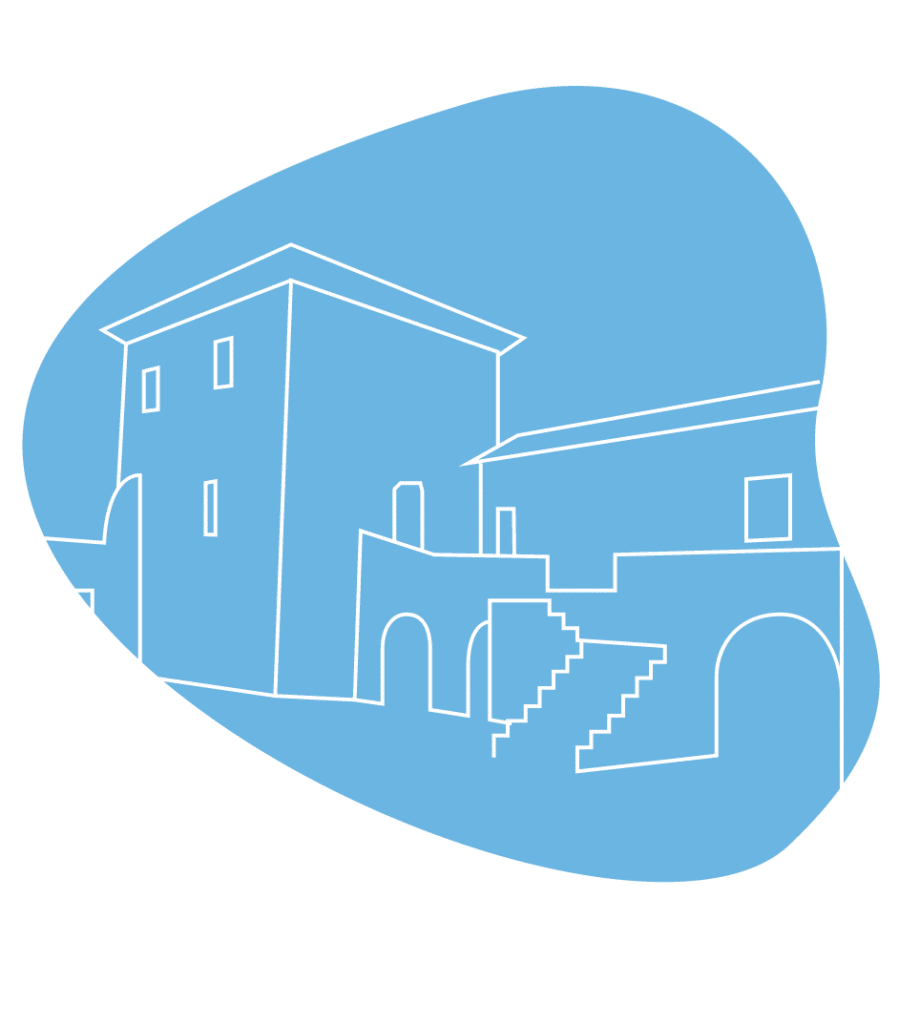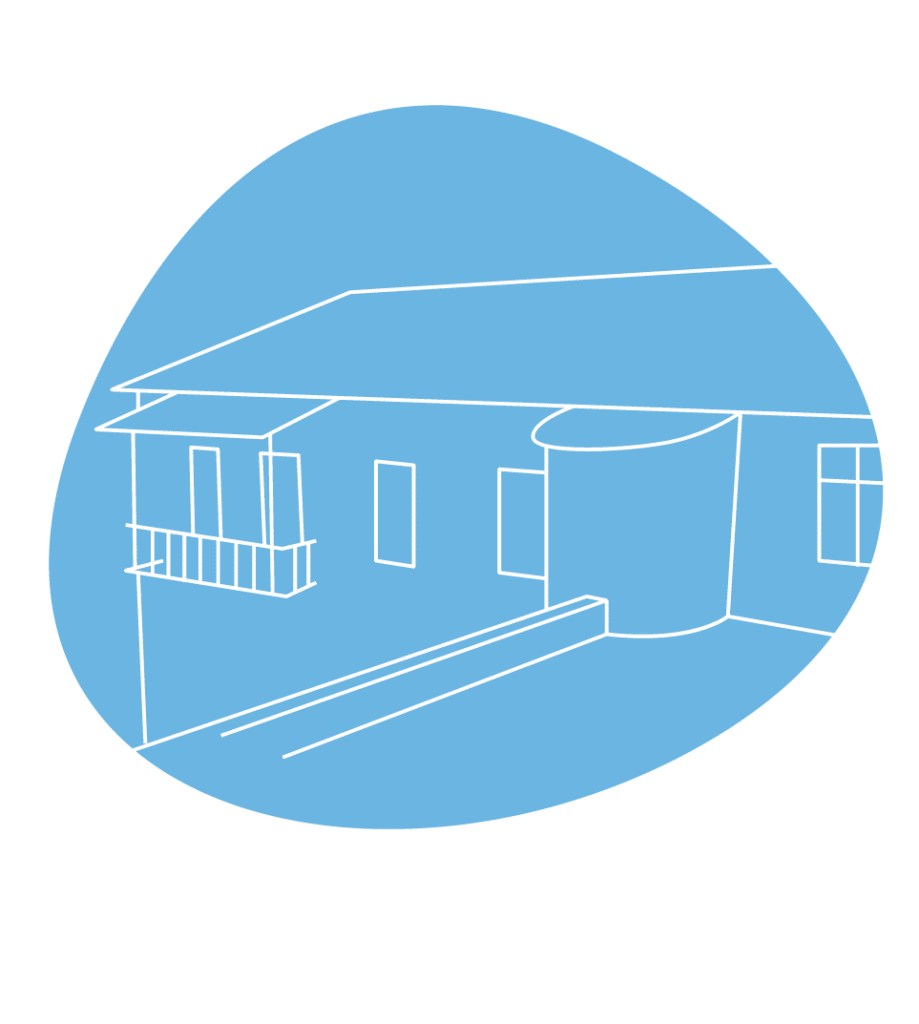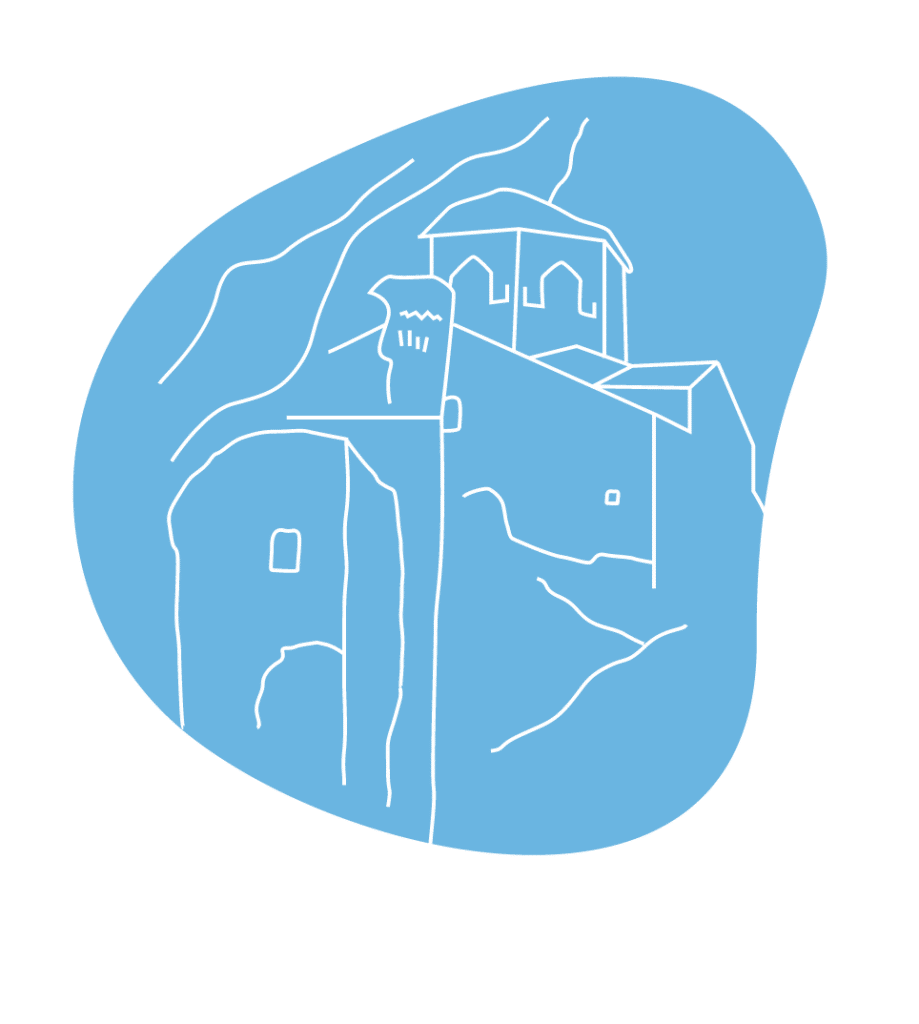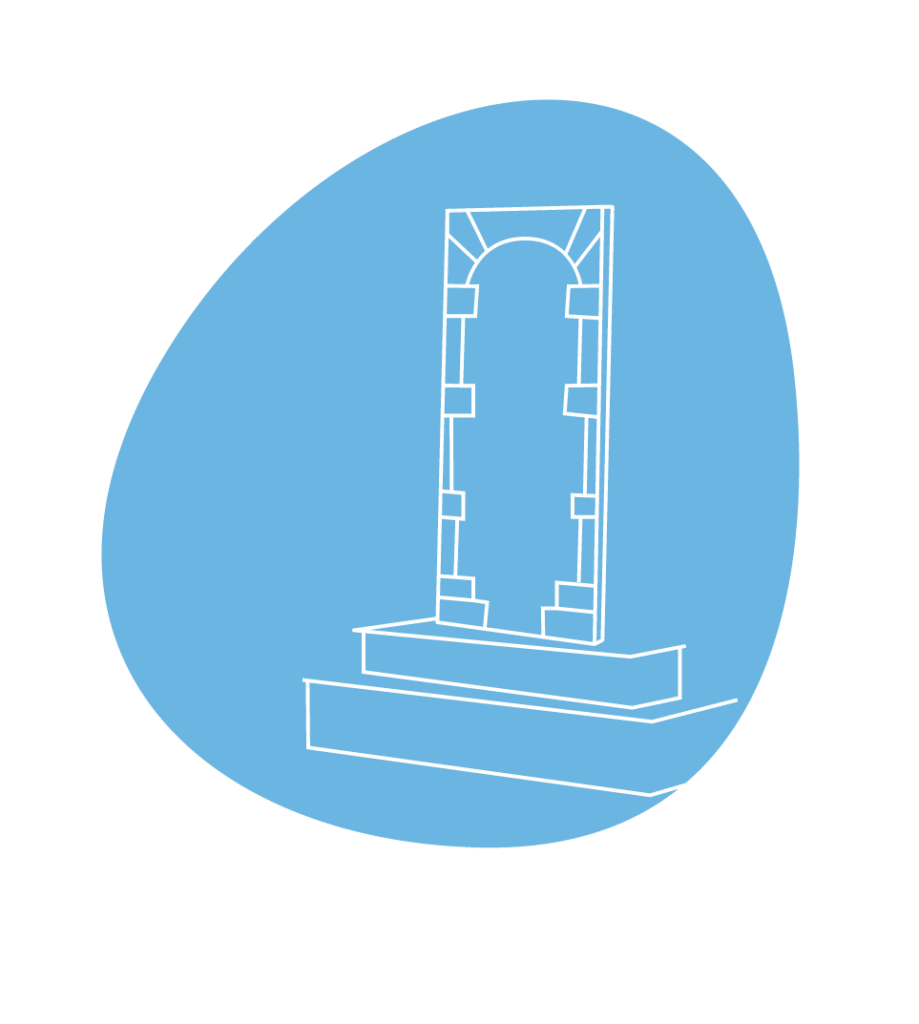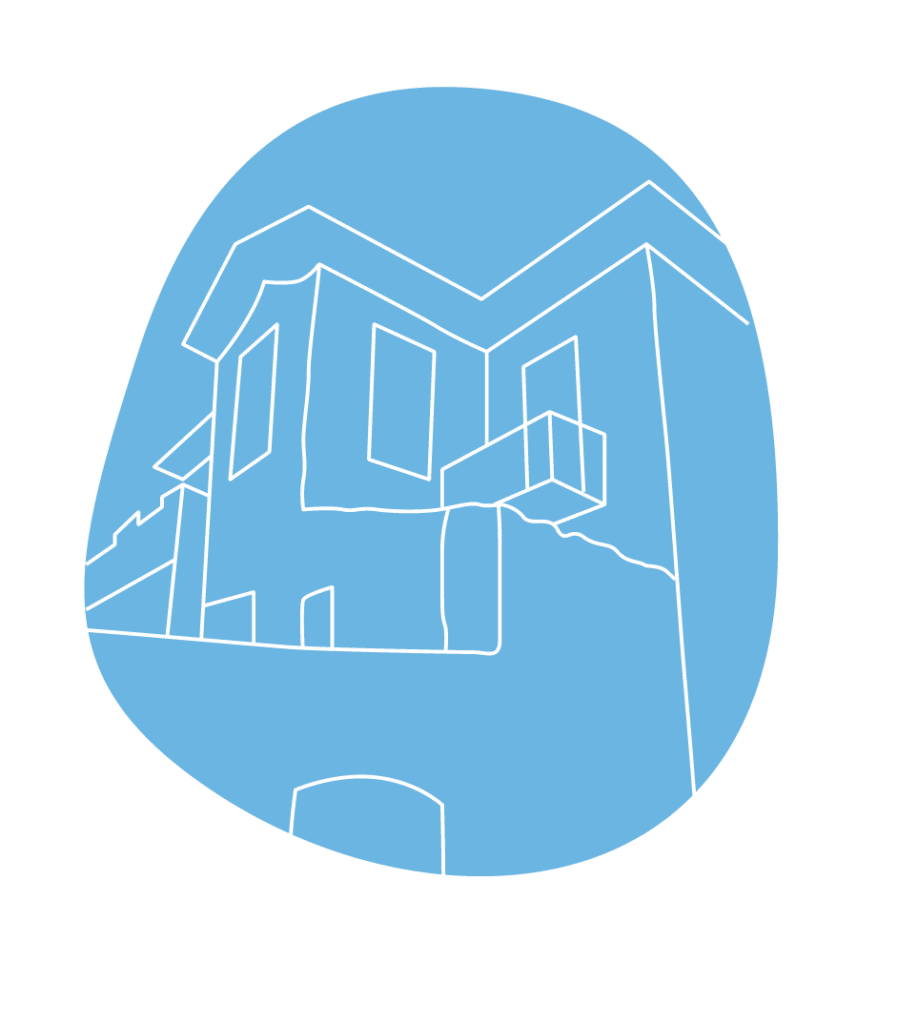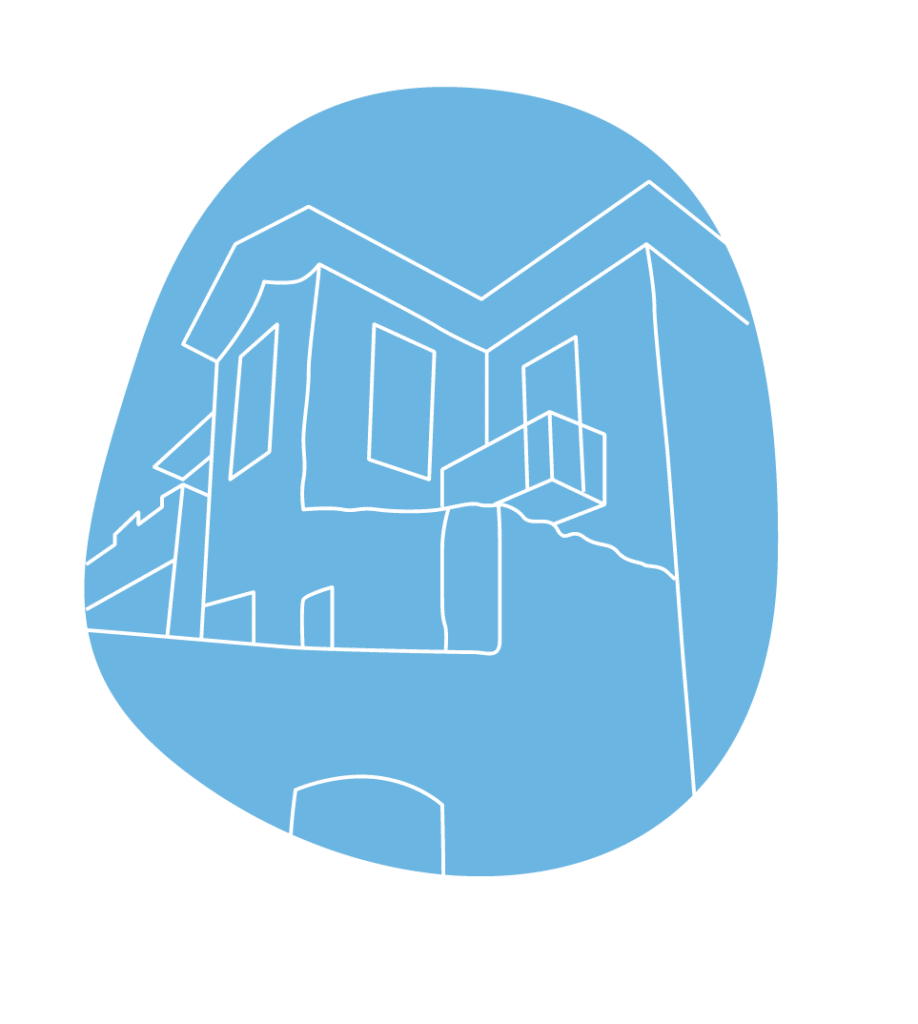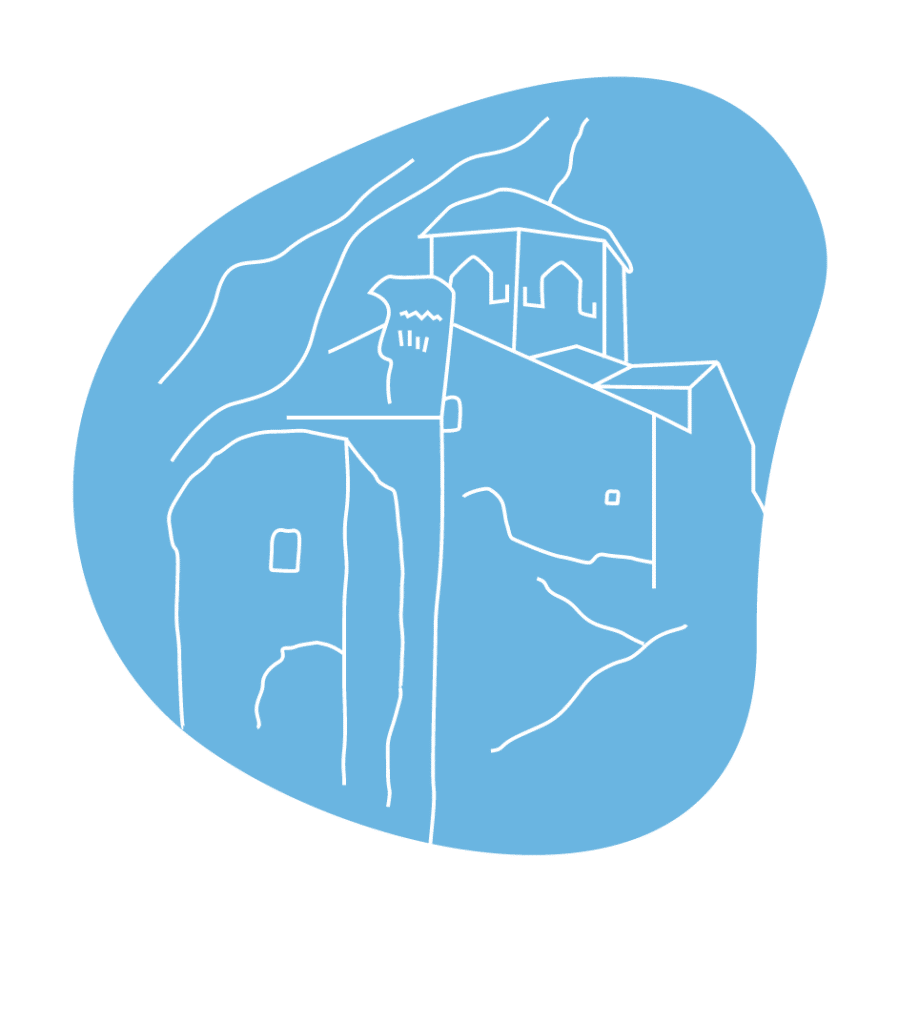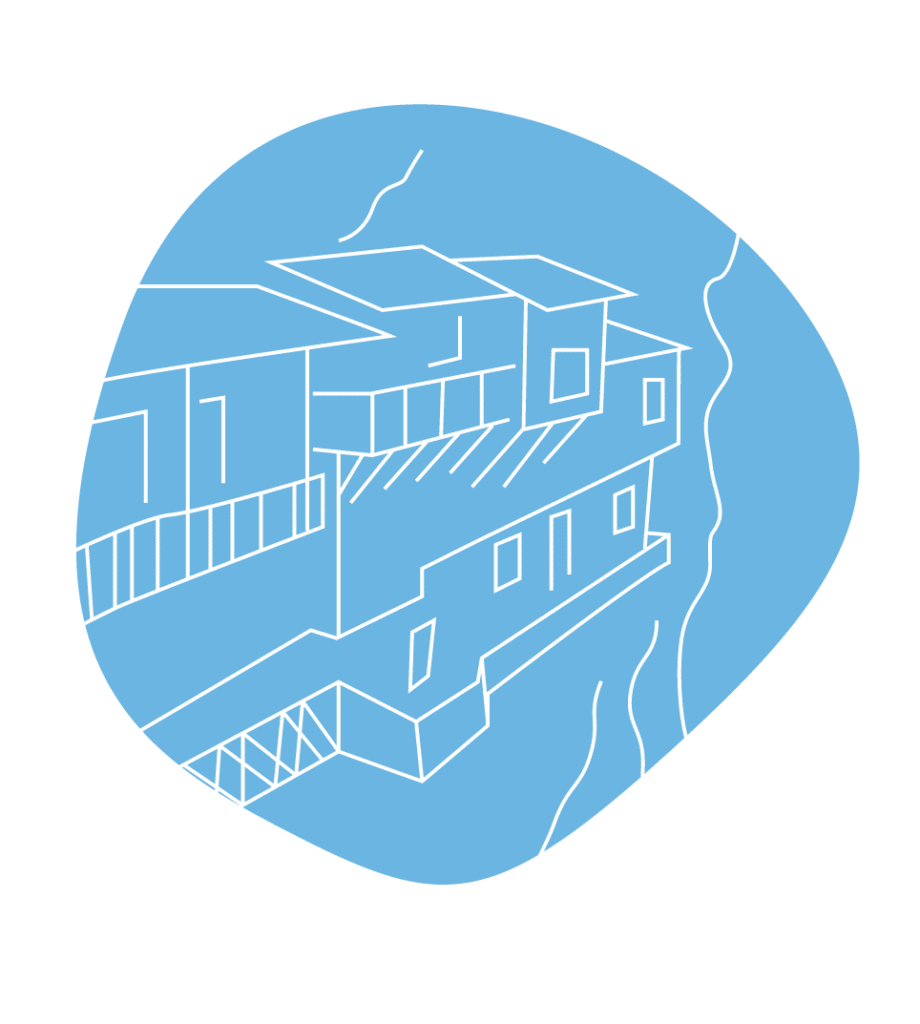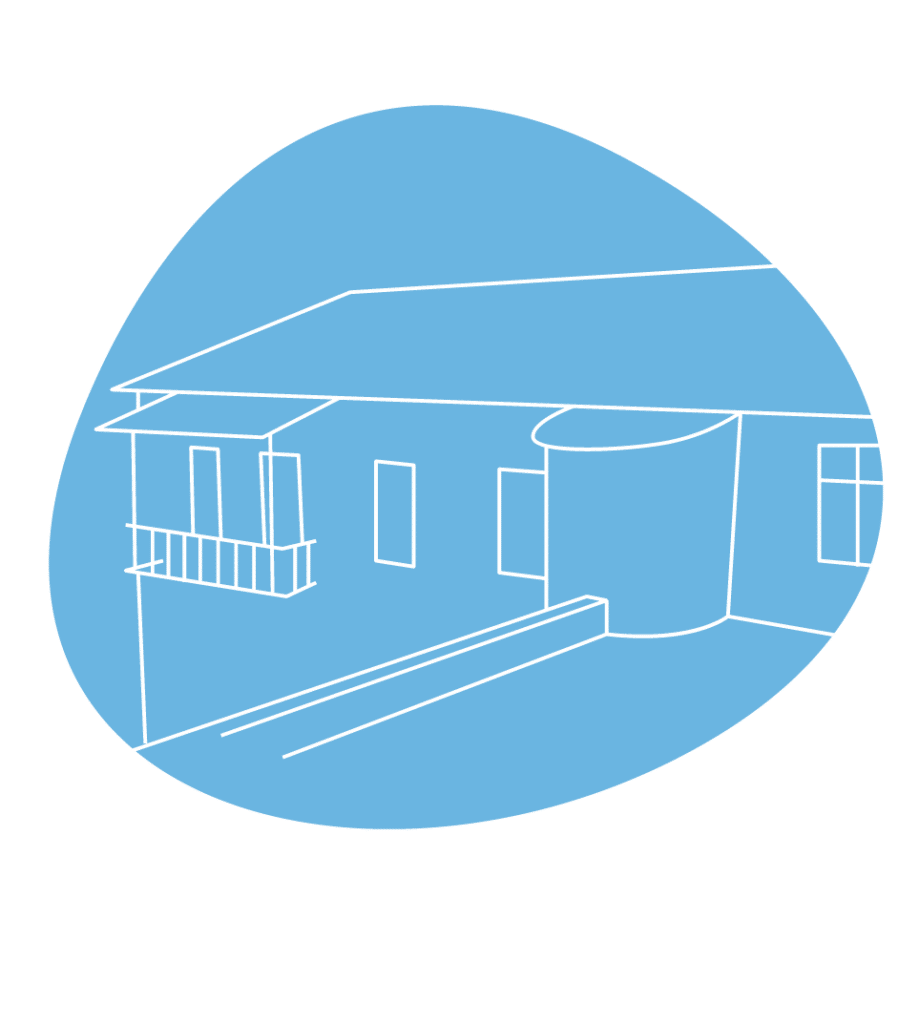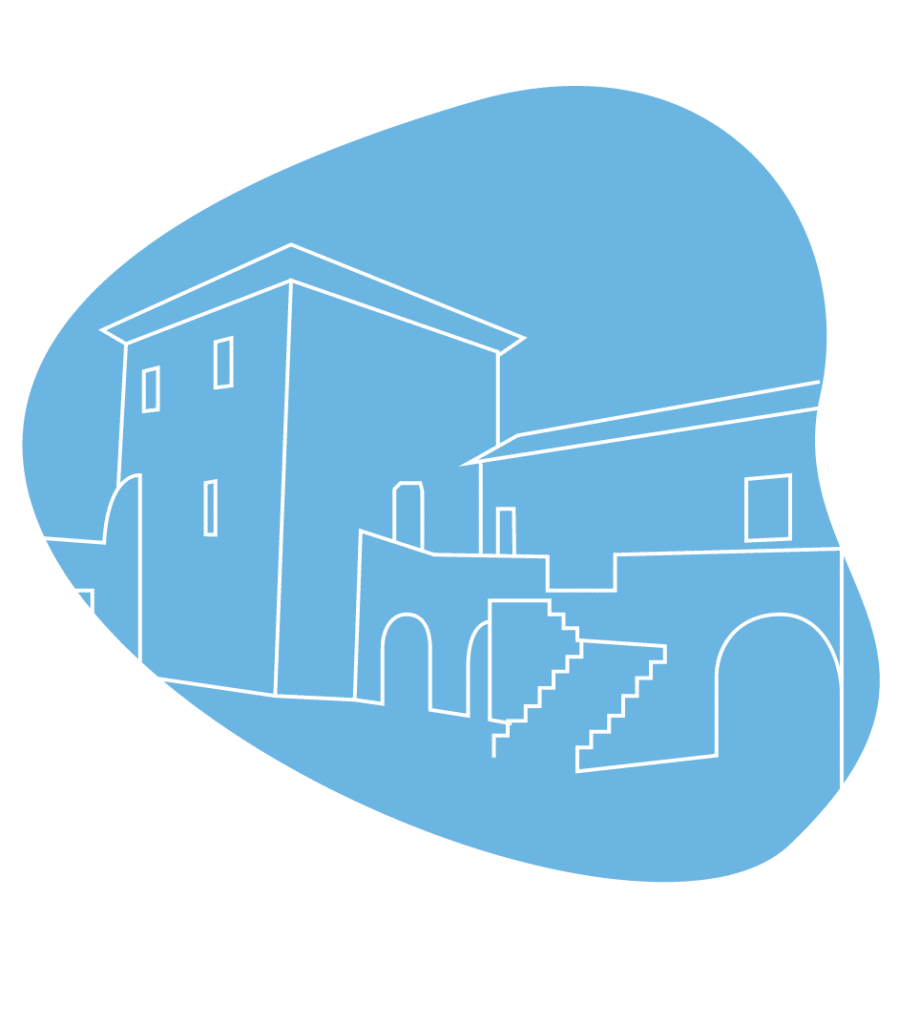The historic Tower of General Plapoutas, which played an important and decisive role in the Revolution of 1821, dominates the village of Paloumpa, the birthplace of Dimitrios Plapoutas, an important commander in the struggle for liberation.
It functions as an exhibition and cultural space that inspires awe and respect in the visitor.
Passage, meeting point and planning center of important battles fought during the Revolution of 1821 by the chieftains, the restored Tower of General Plapoutas stands tall in Paloumpa, Gortynia, to remind the struggle for the liberation.
The construction of the famous building began around 1795, when the ancestor of the Plapοutas family and legendary chief, Kollias Plapoutas, from Sοulima, Triphylia, at the age of only 18, hunted by the authorities of the Ottoman Empire after the murder of a Turkish tax collector, found a haven in Paloumpa village.
The original form of the building in the first years of the relocation was in a gamma shape. Years later, the three-story tower of Plapoutas was built on the southern edge of the plot, thus giving the entire building complex a pi shape. The ground floor was essentially a water cistern, while on the other two floors apartments were built, which were connected by an internal staircase.
To this day, the tower is a symbol of the pre-revolutionary and revolutionary activity of Morea (Peloponnese), as a meeting place of Theodoros Kolokotronis with the other Greek general Dimitrios Plapoutas (son of Kollias) and other important personalities who planned the Revolution, firstly in Gortynia, and then the generalized Greek Revolution of 1821.
During the struggle for liberation, Georgios, Dimitrios Plapoutas’ brother, fell heroically fighting in the battle of Lalas near Ilia against the Albanian Muslims in June 1821, plunging the whole family into mourning, and especially his father, Kollias, who passed away in 1827.
On the contrary, Dimitrios Plaputas lived to see his homeland free, and even distinguished himself in many battles, such as that of Valtetsi, but also in the siege of Tripolitsa, reaching the rank of general. Together with Theodoros Kolokotronis, they fought against Ibrahim Pasha, but later, on baseless accusations, both were imprisoned and sentenced to death for high treason, a sentence that was never carried out due to popular outcry.
They were released when King Otto came of age, and since then, Dimitrios Plapoutas was involved in politics. In 1844, he reached the office of deputy of Karytaina, while in 1847 he became a senator. The last years of his life, until his death in July 1864, he lived in the tower built by his father.
In 1950, the building where Dimitrios Plapoutas was born, grew up and died was classified as a historic, preserved monument, but unfortunately it did not skip deterioration over the years.
Today, after its restoration under the Ministry of Culture, it functions as an exhibition and cultural multi-space, in which historical relics of the fighters of 1821 are stored and showcased, while various events are organized. The building, the decoration and the illustrations are in the style of 1821, with many elements relating to the Plapoutas family, due to their great action and contribution to the struggle for the liberation of Greece. It is a jewel of architecture and history not only for the region of Heraea, but also for Gortynia in general.
Διαδρομες
Ιερά Μονή Ζωοδόχου Πηγής Στεμνίτσας
Το γραφικό και ιστορικό χωριό της Δημητσάνας αποτελεί βασικό θεματοφύλακα ιστορικών και λαογραφικών παραδόσεων του ελληνικού γένους. Στη βιβλιοθήκη της, εκτός από τα εμπλουτισμένα με 35.000 τόμους βιβλίων ράφια.
Αρχοντικό των Δεληγιανναίων
Το οίκημα δεσπόζει στον Πάνω Μαχαλά του ιστορικού χωριού Λαγκάδια, το οποίο, εκτός από σημαντικούς χτίστες, χάρισε στην Ελλάδα την περίφημη οικογένεια των Δεληγιανναίων, προεστών του Μοριά πριν από την Επανάσταση. Από την οικογένεια Δεληγιάννη προήλθαν και δύο Πρωθυπουργοί στα χρόνια μετά την απελευθέρωση.
Dimitsana Historic Public Library
The picturesque and historical village of Dimitsana is a key depository of historical and folklore traditions of the Greek nation. In its library, apart from the shelves enriched with 35,000 volumes of books, the visitor can also admire important relics and memorabilia from various moments of the glorious past.



























